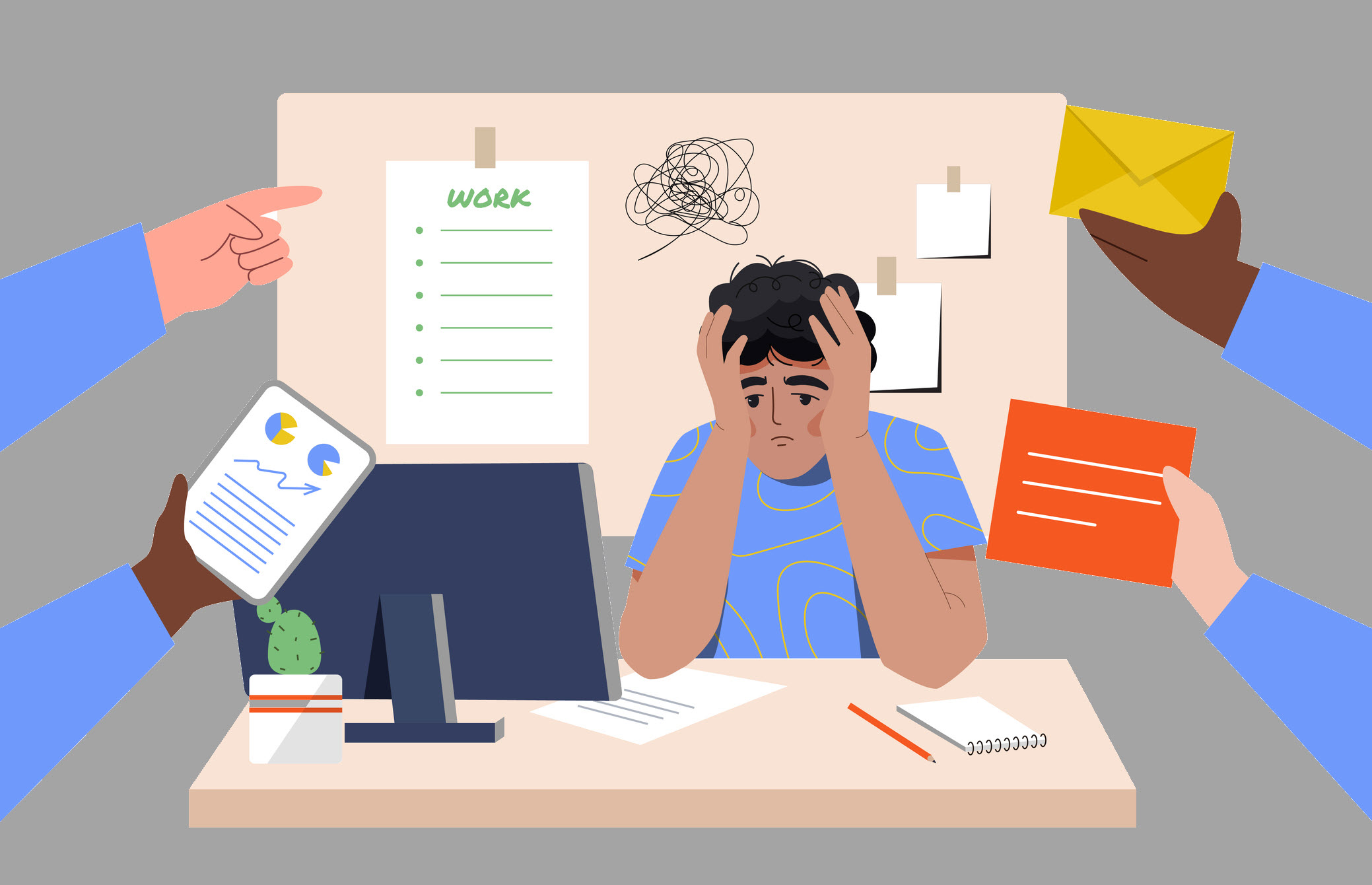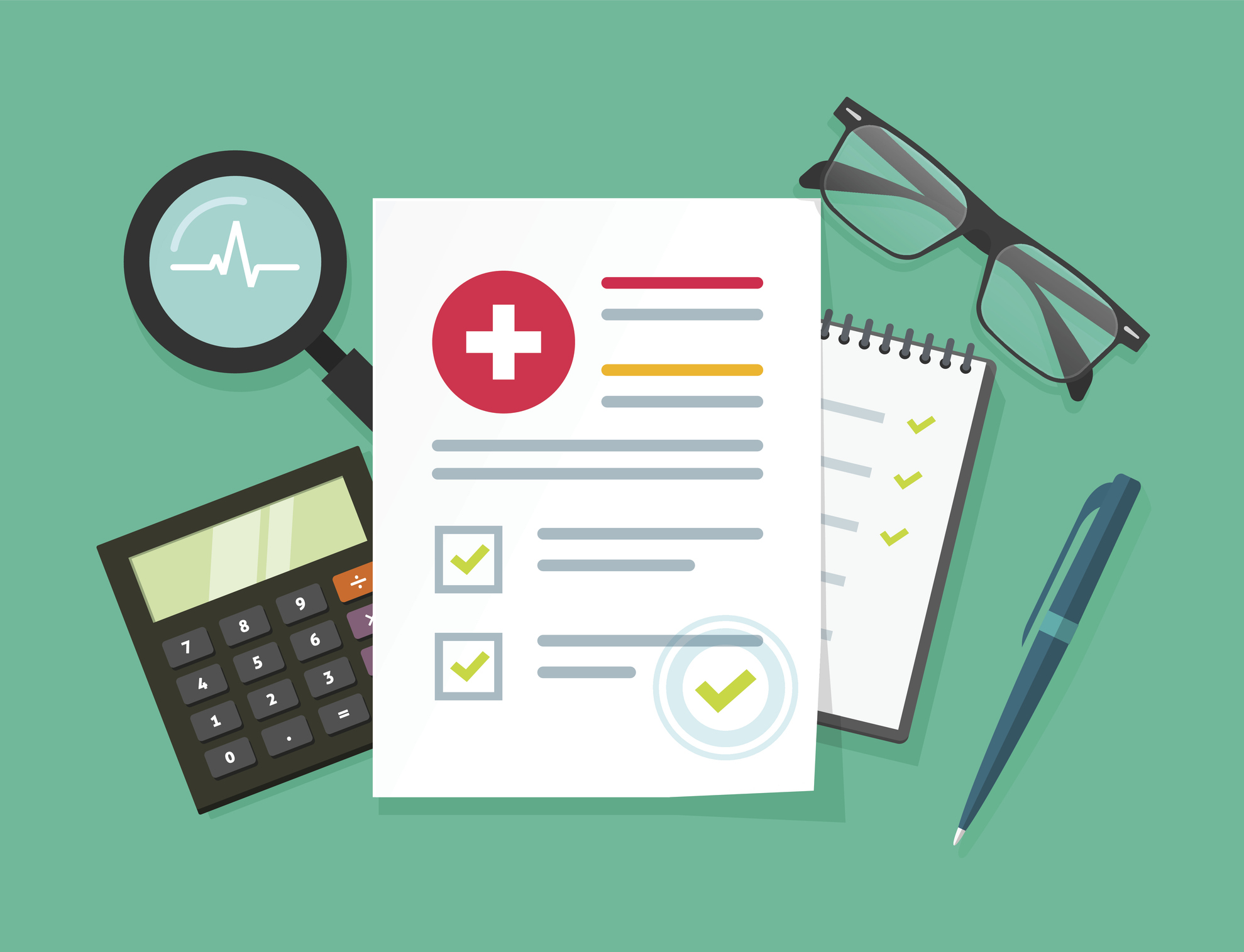5 Practical Ways to Prioritize Mental Health in Employee Wellness Programs
Mental health is critical to employee well-being, yet is often overlooked in traditional workplace wellness programs. Here, we explore strategies for organizations to better support employees’ mental and emotional health.
May 3, 2025

With an estimated 1-in-5 adults experiencing a mental illness each year, it is likely that someone in your workplace will be affected. Beyond bringing awareness to the issue, how can employers actively prioritize mental health within their wellness programs?
“Workplace wellness initiatives have become a standard for many organizations, with the majority focused on physical health efforts like quitting smoking, fitness tracking, or nutritional support,” said Michael Sullivan, Risk Control Manager at Safety National. “However, our understanding of total worker health has evolved, and a stronger emphasis on mental health is necessary. What was once an afterthought has become a central tenet in driving employee wellness.”
If your organization is expanding its wellness programs to emphasize mental health, here are some areas to consider.
1. Embed mental health into your culture.
Mental health should be more than an HR topic; it should be a part of your organization’s core values and everyday conversations. Openly discussing mental health at all levels of leadership may help reduce stigma and signal that it is a priority. When executives and managers share their own experiences or talk about mental well-being, it sends a powerful message that seeking support is not only acceptable but encouraged. Employee-led group mental health meetings may also be another way to unite individuals and increase transparency among a workforce.
2. Enhance Employee Assistance Programs (EAPs).
Your company may have an EAP, but do employees know how to use it? Often, these services are underutilized because they feel inaccessible. Including EAP information in onboarding materials, employee handbooks, and internal communications can enhance visibility. Ensure that your EAP also includes a wide range of mental health services, which may include crisis hotlines, therapy referrals, financial counseling, and legal support. Tracking your organization’s EAP utilization rate may help determine employees’ frequency of use and whether they are receptive to your messaging.
3. Invest in Training and Education.
Managers equipped with mental health first aid training can confidently and sensitively support distressed employees. This training may also enable managers to recognize early signs of mental health challenges. Employee resiliency training programs can introduce coping strategies, emotional regulation, and cognitive reframing, which may help employees adapt to stress and change. On-demand training can also include tools to manage stress, prevent burnout, practice mindfulness, and improve emotional intelligence.
4. Prioritize Flexibility and Work-Life Balance
Reasonable workloads and flexible scheduling may help maintain balance for employees, particularly as job stress is linked to negative mental health issues. When available, consider implementing remote work, adjustable work times, and compressed workweeks to help employees adapt to life factors, like appointments and childcare. Encouraging regular workload reviews with employees and their managers can help identify risks of burnout and provide support before any issues arise. Promoting the use of paid time off and taking breaks can also help contribute to a culture of balance. This includes taking time off for mental well-being, just as anyone would for a physical illness. A well-managed company can benefit from determining department operations when a team member is absent for an extended period, ensuring efficiency without overwhelming others.
5. Offer Mental Health Resources
Access to digital wellness tools like meditation or therapy apps can make resources more attainable for employees who do not live near a physical office or prefer a more time-conscious approach. A mental resource hub that includes self-help guides, podcasts, or articles can provide additional information to employees who want to access it confidentially. It is critical to conduct employee pulse surveys to understand how the program and associated resources are being received. These surveys can help organizations identify their programs’ weaknesses and uncover improvement opportunities.

























